Our modern world is amazingly diverse. It is rich and poor, developed and developing countries. How do they differ from each other? And which states can be attributed to the group of economically developed? Read about it in our article.
Developed and developing countries: the problem of identification
At the very beginning, it should be noted that the UN does not provide clear criteria by which a country can be attributed to one or another type. So, developed countries (English version of the term: developed countries) are designated as states that currently occupy a leading position in the global economy.
Developing countries are countries with low standards of living, lack of free market mechanisms, oligarchic governments, etc. It is interesting that in the modern world there are also such countries that do not develop at all. For these states, the UN came up with yet another class: “least developed states.” The latter include Niger, Somalia, Chad, Bangladesh and a number of countries in Africa and Asia.
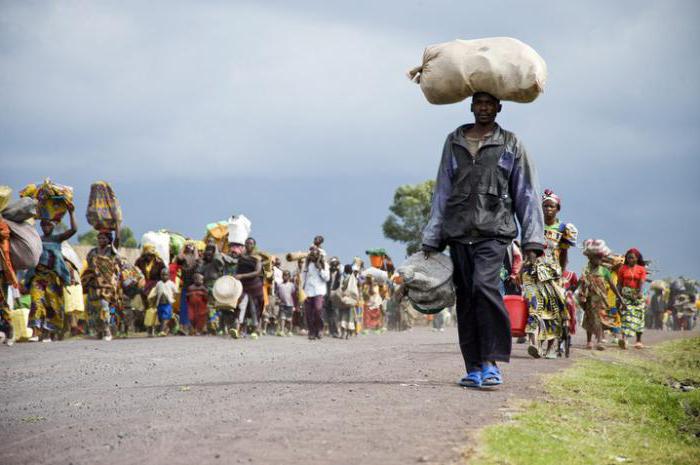
Such states of the planet as Japan, the USA, Canada, Australia, New Zealand, as well as a number of European countries are usually classified as economically developed countries of the world. But the countries of the former USSR are not included at all in any of the above groups, which indicates a certain subjectivity and imperfection of this political and economic classification.
Economically developed countries: the essence of the concept and selection criteria
By economically developed states are meant countries with a market economy and the highest standard of living of their citizens. There are criteria according to which economists identify developed countries. These include the following:
- market model of the economy;
- high per capita GDP (over $ 12,000 per year);
- high social standards;
- the predominance of service enterprises in the structure of the economy;
- openness and transparency of power;
- active development of science and education;
- manufacturability and high productivity of agriculture.
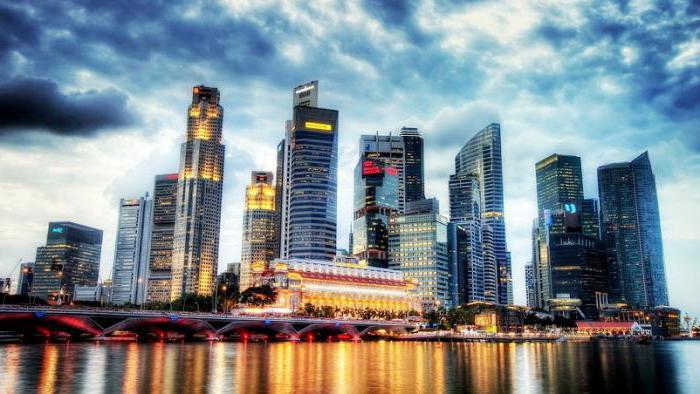
Today, economically developed countries are the main carriers of the global scientific and technological potential. In many ways, this particular feature is the main factor in the competitiveness of their economies.
Geography of developed countries
Developed countries today - about 75% of the global gross product. At the same time, only 15% of the population of planet Earth lives in these states. It is between developed countries that the bulk of international capital and "minds" move.
According to the classification of the IMF (International Monetary Fund), 34 modern states belong to economically developed countries. These are the USA, Canada, all countries of the Eurozone, some states of East Asia, as well as Australia and New Zealand. The map below gives a general idea of their planetary geography (all developed countries of the world are marked in blue on it).
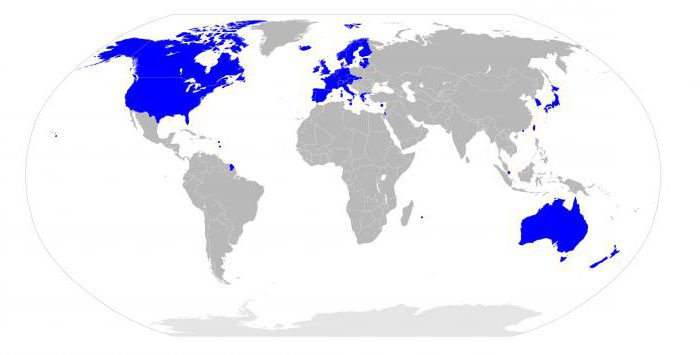
The group of developed countries also distinguishes the "seven" of the most developed states. These include the United States, Japan, Canada, France, Germany, Britain and Italy.
Industrial states of the planet
Industrial or industrialized countries are a group of states whose economies are based on industry, industry. In English literature there is a term: industrial countries.
If an industrial product occupies more than 50% in the structure of the country's GDP and exports, then it is usually referred to the group of industrialized countries. The list of these countries is determined by the IMF. Moreover, it is regularly changed and adjusted.
In addition to industrial countries, the world also distinguishes agrarian (the economy of which is based mainly on agriculture), as well as agrarian and industrial countries.
Examples of developed countries: Japan
The Japanese economy is one of the most developed in the world. In terms of GDP, Japan ranks third on the planet. High technology is highly developed here, Japanese cars and ships are appreciated all over the world. The Japanese transport system is known for its high-speed and modernized railways, highways.
The Japanese economic model is very unusual. It provides for the unity of big capital and state power in solving the country's urgent problems. The government, together with the largest Japanese concerns, clearly coordinate their actions.
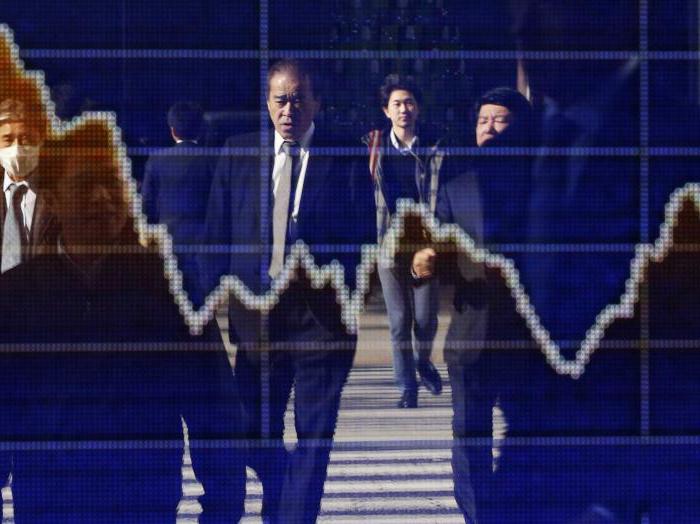
Agriculture in Japan manages not only to provide for its huge domestic needs, but also exports about half of all food produced in the country abroad. The basis of the agricultural complex here are small farms and farms.
USA: historical aspects of the state economy
The current successes of the American economy are the result of several factors. Which ones?
First of all, this country got vast and sparsely populated open spaces with a rich natural resource potential. On its basis, both industry and agriculture have effectively developed. Another important point: in the USA there never existed the so-called pre-capitalist relations, the “footprints” of which would put a stick in the wheel of the country's development.
Over the course of the 19th and 20th centuries, a huge number of “brains” moved to the United States - highly qualified, active and promising personnel. All of them found application in a prosperous overseas country, which laid a powerful foundation for the development of American science, higher education and technology.

The rapid population growth in the United States stimulated the development of the service sector. The country's economy received a consumer orientation: already in 1915, the millionth passenger car was produced in the United States. It should be noted that not one of the World Wars inflicted any damage on the US economy and infrastructure (unlike the countries of Europe, Russia or Japan, which were recovering for a long time after years of war).
The role of the state in the modern American economy remains high. It fully controls the activities of individual industries. National economy. First of all, we are talking about the military sector, the nuclear industry and some other areas.
Is Russia a developing or developed country?
Is Russia a developed country or not? The International Monetary Fund answers this question unequivocally: no. Although the list of developing states of Russia is not. But the Russian Federation can be safely attributed to the number of industrialized countries.
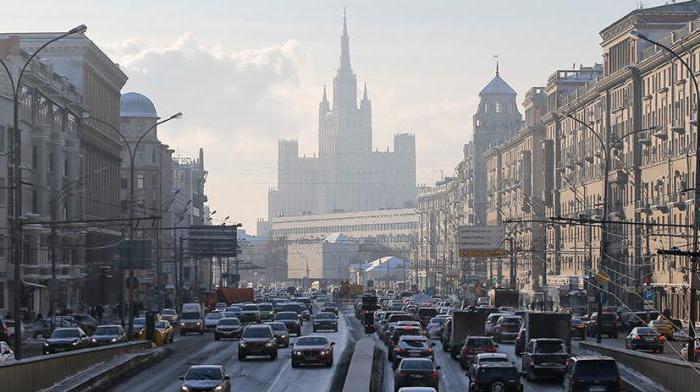
The economy of the Russian Federation is the fifth on the planet in terms of total GDP. Its share in the global economy is about 3-3.5%. The leading sectors in the structure of the national economy of Russia are mining, construction, manufacturing, and electricity.
The country mainly exports oil, natural gas, petroleum products, non-ferrous metals, timber, as well as various military equipment. Among the main import items, it is worth highlighting steel products, automobiles, devices and equipment, pharmaceuticals and more. The main foreign trade partners of Russia: China, Germany, Belarus, Poland, Kazakhstan, France and Italy.
Finally…
Developed countries are states that occupy a leading place in the modern world economy and politics. All of them differ in common features: high living standards, openness of power, the rapid development of science, the active introduction of high technologies in production, agriculture and other spheres of human life and activity.
According to the IMF classification, 34 developed countries stand out in the modern world. Almost all of them are located in the Northern Hemisphere, mainly within Europe.








